Day 21 of the A-to-Z challenge. U is for Universal Translator, a vital but invisible part of most science fiction. Because Star Trek just wouldn’t be the same if Captain Kirk had to woo green alien women with the aid of an intepreter.
 “Sorry to call you out here so late, Colonel. We’ve had a significant breakthrough.”
“Sorry to call you out here so late, Colonel. We’ve had a significant breakthrough.”
Colonel Loess glanced at his reflection in the mirror. He combed his disheveled hair with his fingers, then rubbed the scruffy stubble on his chin. He noticed that he’d missed a button on his uniform jacket: he buttoned it and patted the bulge in his pocket. “Not a problem, Doctor Gaines. I was just in my recliner with an old book and a glass of wine. What have you found?”
Gaines tapped an unusually long password into her laptop, then opened a gallery of images. Photographs of twisted metal, blackened but inscribed with bizarre glowing curvilinear glyphs. “You’ll remember these images?”
The Colonel nodded solemnly. “Wreckage from the alien craft. I still have those odd pictograms burned into my memory.”
“It took the cleanup crew weeks to sift through the rubble. When the alien ship crashed, it leveled four city blocks and–”
“I remember, Doctor. Your linguistics team has made a breakthrough?”
“Right.” She opened another application on her laptop. “Based on the pictograms, we’ve come up with a translation system. The alien pilot can draw on this touchscreen…” she demonstrated by tracing a circle and three lines on the screen. “And this application will display an English translation.” On the screen, the word emergency displayed in large white letters.
“It will also translate spoken English into pictograms,” continued the Doctor. “We’re ready to try it.”
“Good. Give me the laptop and open the airlock door.”
Doctor Gaines placed her hand on the Colonel’s shoulder. “Sir, are you sure…?”
“I can handle this,” Colonel Loess assured the doctor, taking the laptop and stepping into the airlock. The outer door of the alien isolation cell closed, the inner door opened, and the Colonel stood face-to-face with the alien pilot. He inhaled sharply: this was the first time he had seen the unearthly being without the barrier of the one-way mirror between them.
The alien pilot stared at him with its unblinking black eyes. Its wounds had healed in the month since the crash, so that the scars on its grey skin were barely visible.
The Colonel faced the touchscreen laptop toward the alien. He tried to draw the same glyph that Gaines had drawn, but the translator application choked on his lopsided circle and three wavy squiggles. “Write,” he said aloud to the alien being. The laptop microphone detected his speech and flashed a glyph on the screen. “Do you understand me?” More alien pictograms appeared on the screen.
With two spindly fingers, the alien drew on the touchscreen. “Yes.”
“Why did you destroy our city?”
“Accident. Engine failure.”
“Many of our people died when your reactor exploded.”
“Regret.” The alien’s stiff face seemed structurally incapable of expressing grief.
Colonel Loess swallowed hard, trying not to tremble. “My wife,” he said, his voice breaking. “My wife. My daughter… my baby girl. They were killed in the crash.”
“Sorrow. Deep sorrow.” The alien reached up and patted the Colonel lightly on the shoulder before returning to the touchscreen. “Forgiveness, please.”
In a swift motion, Colonel Loess reached into his pocket and withdrew a revolver. He pressed the barrel against the alien pilot’s chest and squeezed the trigger. From behind the one-way mirror, he heard Doctor Gaines screaming. The extraterrestrial creature in front of him fell backwards, thick blue liquid oozing from the bullet wound in its chest. It lifted its scrawny arms as though to defend itself.
“No forgiveness,” the Colonel said coldly. “I just needed you to know why I was killing you.”
He waited just long enough for a jumble of alien pictograms to appear on the laptop screen, then emptied the remaining five shots into the creature’s head, then turned around to be met by a team of armed MPs at the airlock.


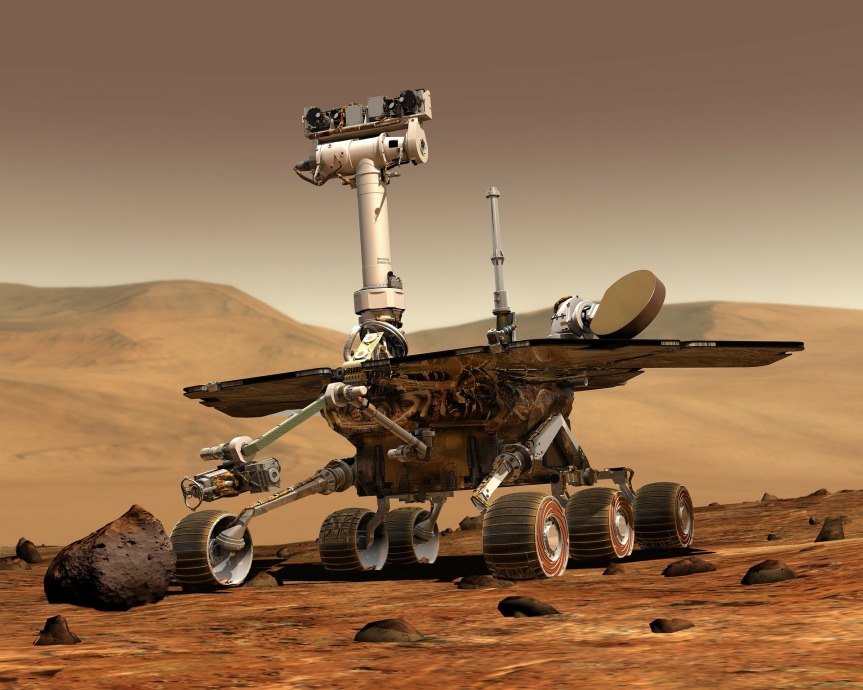
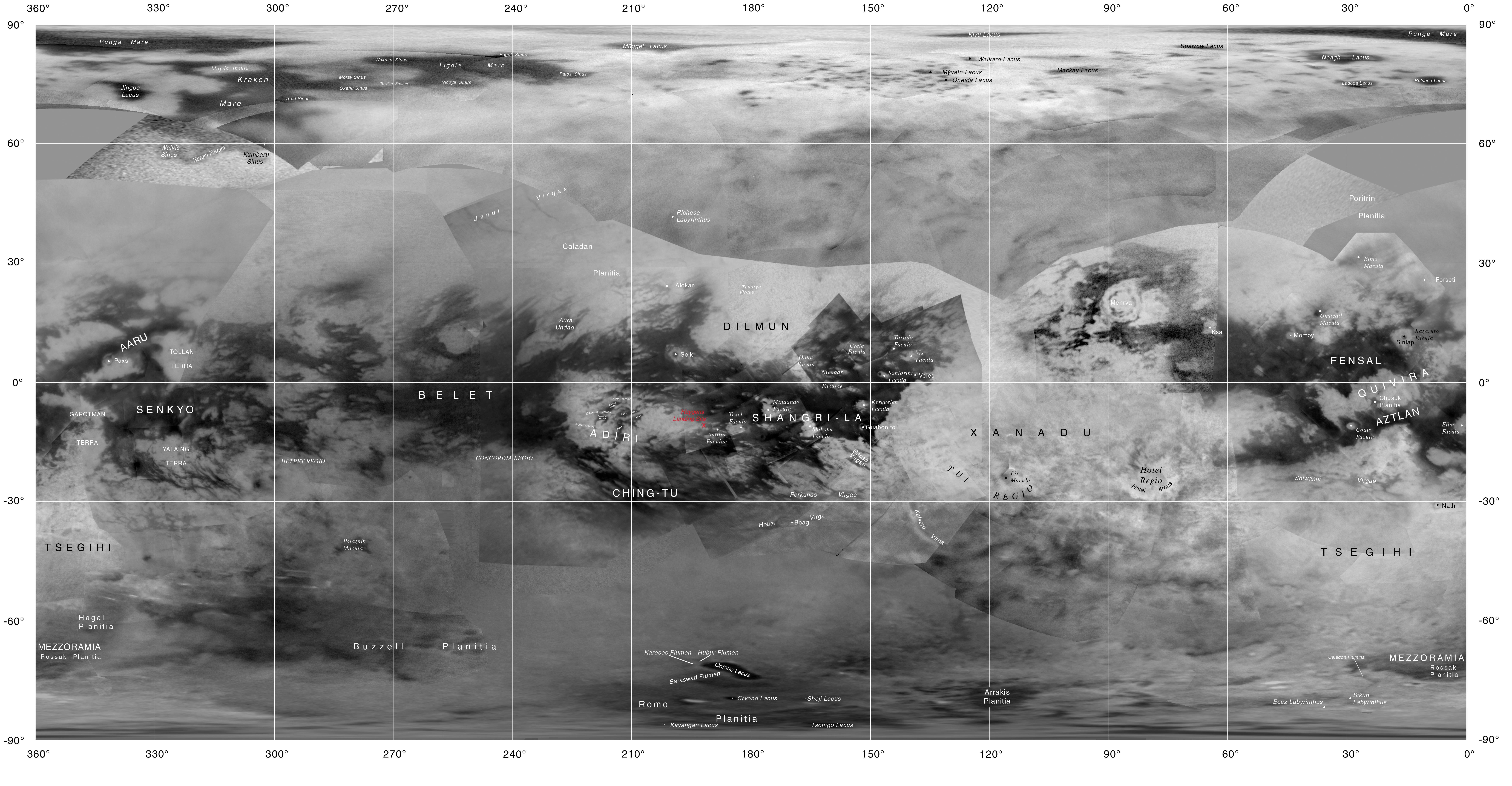
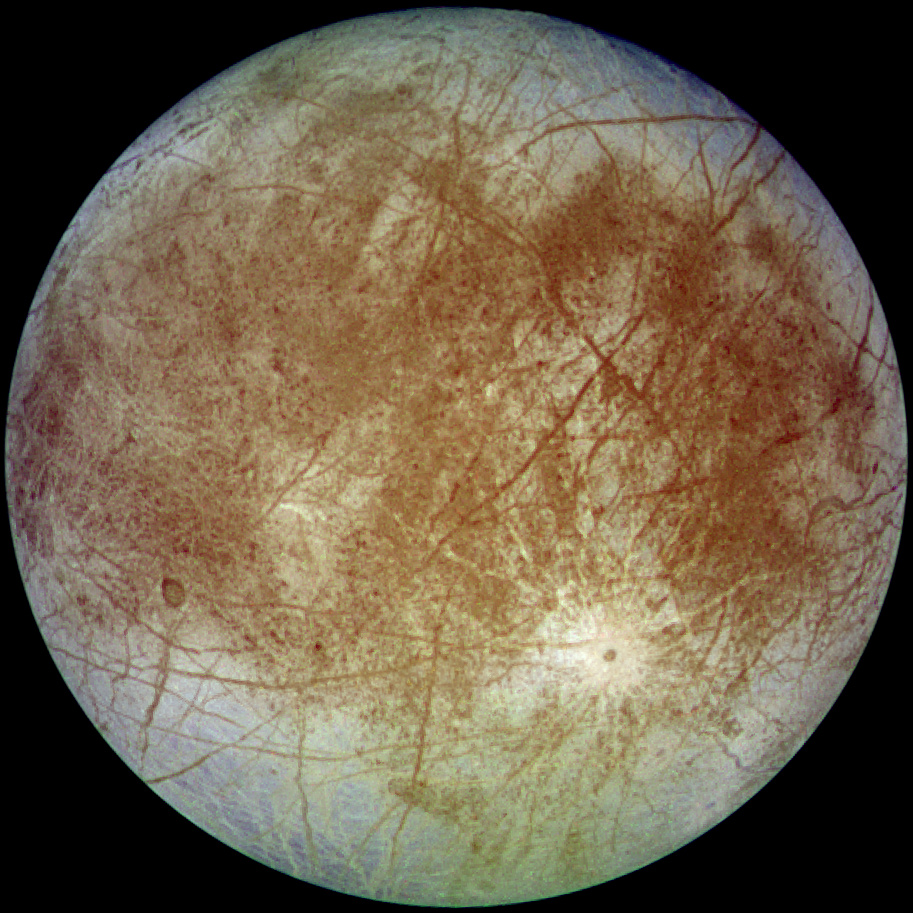

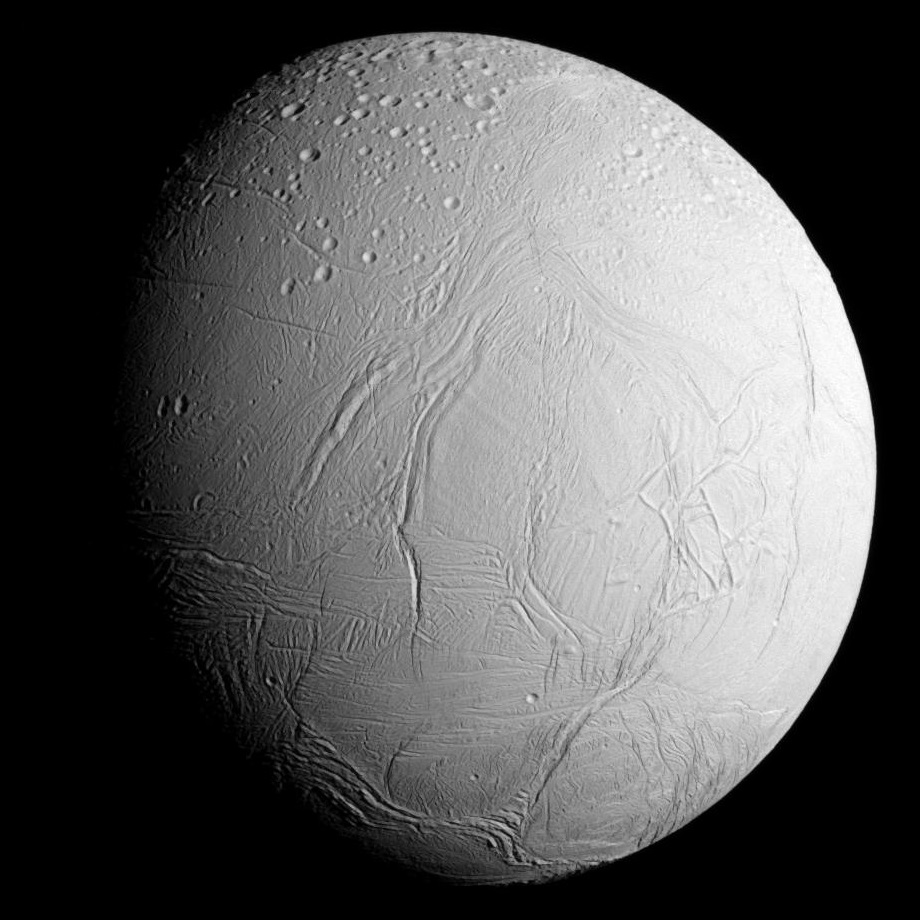
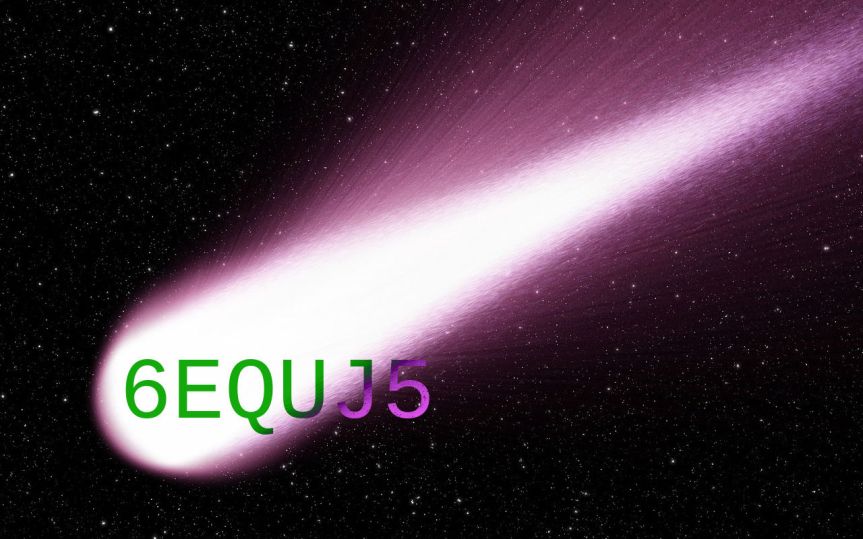

 “Sorry to call you out here so late, Colonel. We’ve had a significant breakthrough.”
“Sorry to call you out here so late, Colonel. We’ve had a significant breakthrough.”
 “Their communications are encrypted by one-time pad.” My heart sank. OTP encryption was uncrackable without the random shared key. As I turned to leave, I gave him my remaining coins.
“Their communications are encrypted by one-time pad.” My heart sank. OTP encryption was uncrackable without the random shared key. As I turned to leave, I gave him my remaining coins.
